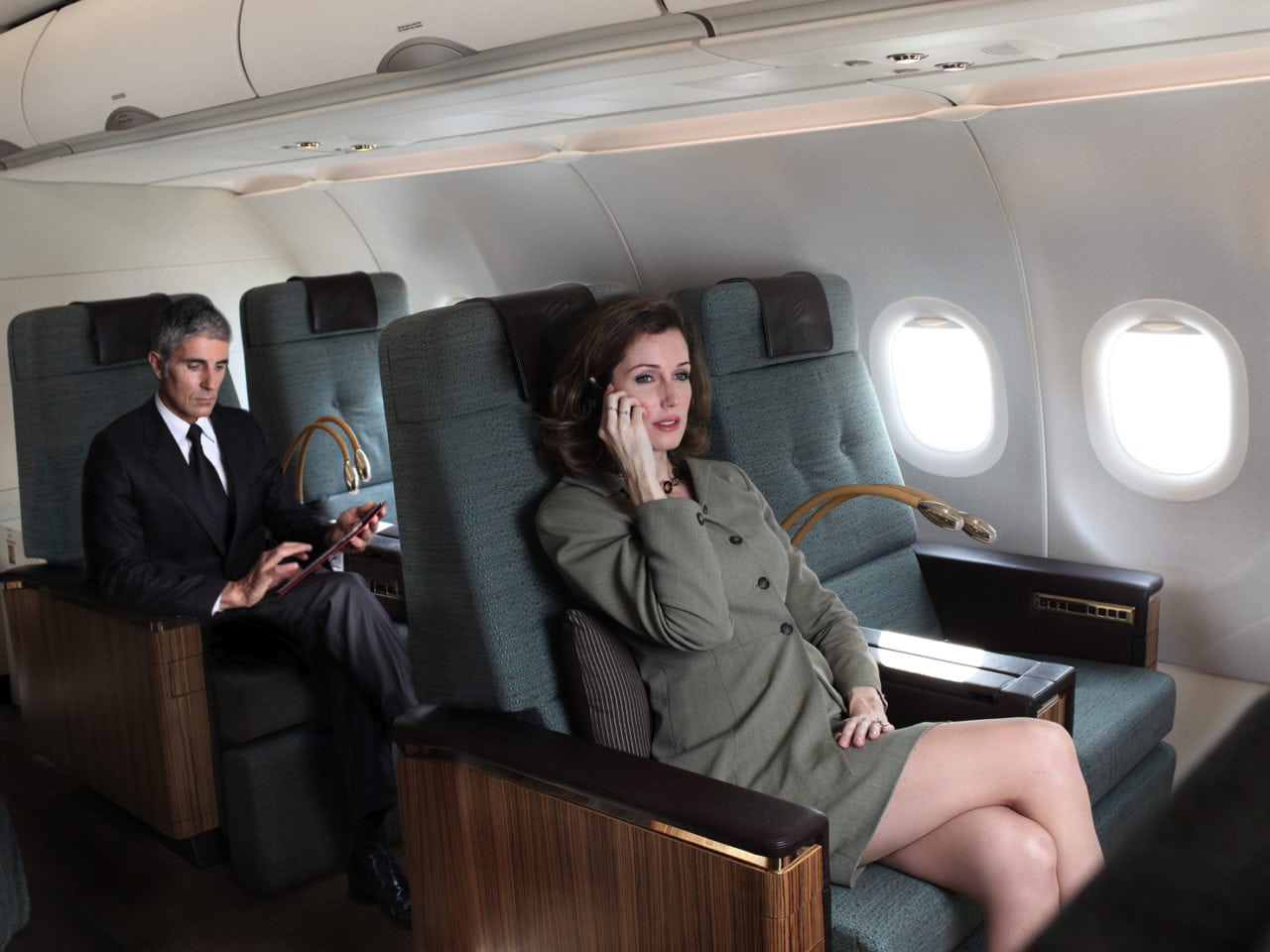0
0
1
233
1334
Accessintel
11
3
1564
14.0
Normal
0
false
false
false
EN-US
JA
X-NONE
/* Style Definitions */
table.MsoNormalTable
{mso-style-name:”Table Normal”;
mso-tstyle-rowband-size:0;
mso-tstyle-colband-size:0;
mso-style-noshow:yes;
mso-style-priority:99;
mso-style-parent:””;
mso-padding-alt:0in 5.4pt 0in 5.4pt;
mso-para-margin:0in;
mso-para-margin-bottom:.0001pt;
mso-pagination:widow-orphan;
font-size:12.0pt;
font-family:Cambria;
mso-ascii-font-family:Cambria;
mso-ascii-theme-font:minor-latin;
mso-hansi-font-family:Cambria;
mso-hansi-theme-font:minor-latin;}
Philippines national carrier Philippine Airlines (PAL) signed an in-flight connectivity deal with OnAir, to launch GSM and Wi-Fi service later this year.

The airline will retrofit its fleet of Airbus A330s and Boeing 777-300ERs with Mobile OnAir and Internet OnAir in May, followed by the global GSM and Wi-Fi service later this year. OnAir’s mobile service enables voice communications, SMS and mobile data usage after takeoff and before landing.
In-flight connectivity is becoming “an absolute requirement” for airlines, according to PAL President Ramon Ang. Airlines are starting to diversify their business models regarding distribution of cabin connectivity, with some carriers choosing to control distribution and pricing of the service while others allow the in-flight service providers to determine how the service is provided.
PAL will be the first airline based in the Philippines to provide both GSM and Wi-Fi service for its passengers.
“When both GSM and Wi-Fi are available, over 80% of passengers use GSM,” said Ian Dawkins, CEO of OnAir. “People typically use the Wi-Fi for business. It is more suitable for heavier email and Internet usage. We give passengers the choice.”
0
0
1
46
265
Accessintel
2
1
310
14.0
Normal
0
false
false
false
EN-US
JA
X-NONE
/* Style Definitions */
table.MsoNormalTable
{mso-style-name:”Table Normal”;
mso-tstyle-rowband-size:0;
mso-tstyle-colband-size:0;
mso-style-noshow:yes;
mso-style-priority:99;
mso-style-parent:””;
mso-padding-alt:0in 5.4pt 0in 5.4pt;
mso-para-margin:0in;
mso-para-margin-bottom:.0001pt;
mso-pagination:widow-orphan;
font-size:12.0pt;
font-family:Cambria;
mso-ascii-font-family:Cambria;
mso-ascii-theme-font:minor-latin;
mso-hansi-font-family:Cambria;
mso-hansi-theme-font:minor-latin;}
Dawkins recently participated in a panel discussion regarding the changes in the relationship between in-flight connectivity providers and airlines that have occurred in recent years, agreeing with fellow panelists that the business model will continue to evolve over the next decade.
Related: In-Flight Connectivity Panel Discusses Relationship Between Airlines and Providers
Follow @AvionicsMag